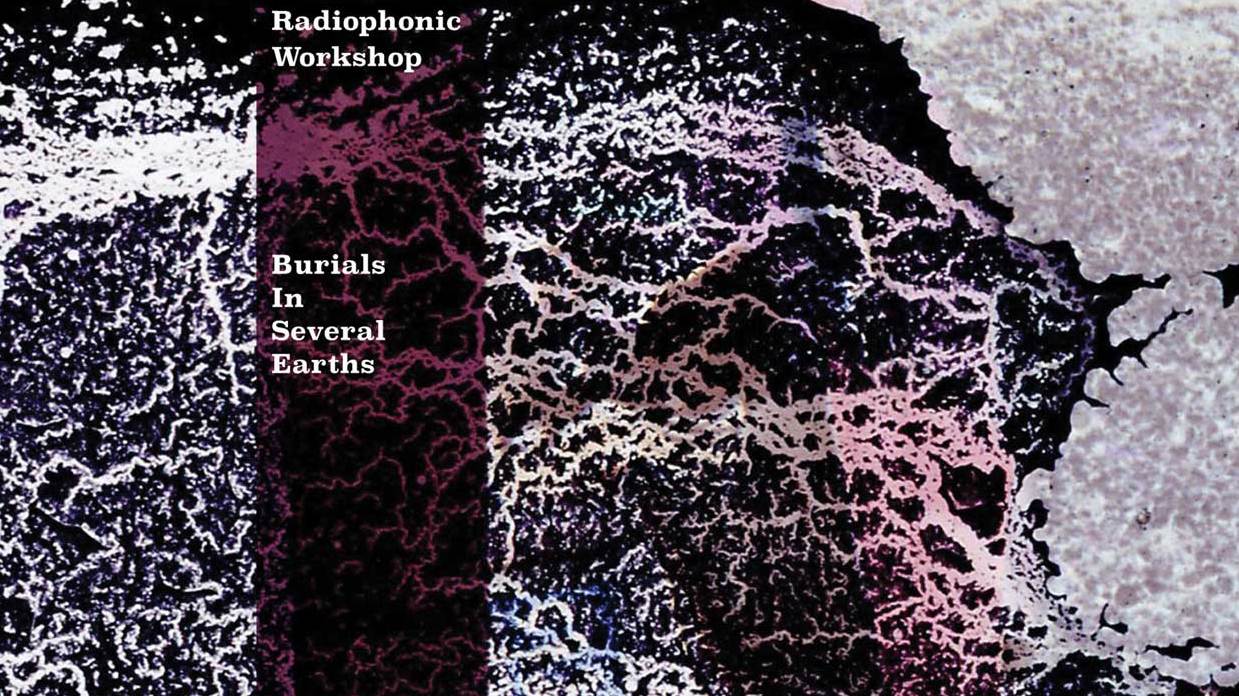You can trust Louder
Since the Radiophonic Workshop’s sound-splicing soundtracks were part of (most of) our childhoods, the announcement of their first new commercial release together for over 30 years was always going to be enthusiastically received.
And hats off to them for taking a bold approach to this new venture: with no TV script or clear narrative arc to follow, they’ve built five new musical suites from improvisations with what they proudly describe as “minimal editing”.
They said recently, “It was liberating to work in such a formless, freeing and immediate way.” Therein, no doubt, lies its beauty for the Workshop boffins themselves. But for the listener? Quite a formidable obstacle. With such a freeform structure to the 80 or so minutes of squawks, squiggles, glitches, half-riffs and ripples herein, it’s hard to find anything for your ears to grip onto, and when they do hear something that would bear repeating, the ‘story’ has already moved on.
Opening track Burials In Several Earths plunges us straight into a forbiddingly austere, dystopian climate of sparse, echoing industria. It’s as evocative as ever, and your brain can almost picture a struggling hero, kidnapped and waking up in some sort of desolate open-plan space prison, wandering dazed across the barren landscape wondering where all his friends went. Hopefully not for the full 19 minutes this track lasts, but we can at least allow them a certain amount of indulgence. The odd plonk of a piano key, a warped bass note and the distant chime of a discordant synth only add to the desolation. Imagine the opening passages of Pink Floyd’s Welcome To The Machine stretched out infinitely via distinctly retro-sounding, knob-twiddling experimentation, and you’re not far off.
Yet elsewhere they benefit from having pre-programmed visuals into our heads. If the giant shard of sound stabbing through your speakers makes you imagine an alien spaceship landing, followed by laser fire blasting at your eyeballs, then that’s probably because these guys made the sound for just such sci-fi scenarios back in the day, and we instantly make the same visualisation now. If it all gets a little too bleak even for the Blake’s 7 fan convention you had planned, the mood does ease up now and then, with the softly wistful, undulating piano that introduces Things Buried In Water, and the mesmeric synth bed underpinning final track The Strangers’ House.
On the whole though, as an album to sit and listen to in isolation, BISE represents forbiddingly thin gruel. As evocative aural wallpaper, however, ideally accompanied by some recreational intoxicants, it’s as head-swimming and other-worldly as you could want.
Sign up below to get the latest from Prog, plus exclusive special offers, direct to your inbox!
Johnny is a regular contributor to Prog and Classic Rock magazines, both online and in print. Johnny is a highly experienced and versatile music writer whose tastes range from prog and hard rock to R’n’B, funk, folk and blues. He has written about music professionally for 30 years, surviving the Britpop wars at the NME in the 90s (under the hard-to-shake teenage nickname Johnny Cigarettes) before branching out to newspapers such as The Guardian and The Independent and magazines such as Uncut, Record Collector and, of course, Prog and Classic Rock.


